How the Disposal of Construction Waste Can Be Done Safely
The term "construction waste" refers to the unwanted materials generated as a byproduct of a building, restoration, or demolition project. When thinking about the disposal of construction waste, most people picture a dumpster stuffed to the brim with various building materials that are about to be sent to a landfill. The procedure is heavily dependent not only on the kind of waste being dealt with, but also on the degree to which the materials in question may be recycled or reused. The following are the three primary classifications that may typically be applied to waste from construction projects:
1. Construction Waste
This category comprises waste materials generated from construction and renovation projects. Typically, waste in the construction industry is the consequence of tainted or broken materials, including wood, drywall, bricks, wire, and nails, among other things.
2. Waste From Demolition
Waste from demolition includes anything left over after a structure has been taken down. In most cases, it is made up of both hazardous elements (asbestos being the most prominent of them) and common construction materials, including concrete, metal, tiles, glass, and wood. Non-hazardous demolition debris, on the other hand, may frequently be recycled or repurposed at a later stage in the project, in contrast to the hazardous material, which needs to be properly managed and disposed of. The United States generated around 600 million tons of garbage from construction and demolition activities in 2018, with demolition accounting for more than 90% of that total, according to the EPA.
3. Hazardous Waste
The term "hazardous waste" refers to any material that has been processed or any residual supplies that include potentially harmful compounds. Common examples of hazardous waste from the construction industry include asbestos, chemically treated wood, residual paint, adhesives, other chemicals, and their containers. Materials dredged from polluted areas, such as those left behind following the demolition of an industrial facility, can also be classified as hazardous waste and must be disposed of per the relevant regulations.
As you are aware by now, the method used for the disposal of construction waste differs significantly from one kind of construction waste to another. The question now is, how can garbage from construction be securely disposed of?
Hazardous Construction Waste Disposal
To avoid causing injury to construction workers or damage to the environment, hazardous waste must be stored, handled, and disposed of cautiously. This is true whether the waste in question is asbestos-containing materials or simply an unused can of paint. The procedures for disposing of hazardous waste vary depending on the substance, and they have to be carried out in compliance with local regulations. Violating these rules might result in expensive penalties, delays in the completion of the project, or other forms of punishment.
Demolition Waste Disposal
Just like building materials, waste from demolition may frequently be repurposed. It may take some time, but recycling demolition debris rather than sending it to a landfill without first sorting it can result in financial savings and is healthier for the environment. Debris from demolition may contain hazardous compounds, the most dangerous being asbestos. To minimize detrimental effects on one's health, these items must be carefully handled and disposed of.
When it comes to the handling and disposal of asbestos as well as any other potentially dangerous remnants of demolition, you need to ensure that you comply with any applicable laws and regulations in your region. You should hire a licensed specialist or call a waste removal company if necessary.
Building Material Waste Disposal
Reusing waste construction materials on-site can frequently eliminate the need for them to be sent to landfills. Reusing or recycling materials that were used in construction not only helps the environment by reducing the amount of waste that is transported to landfills, but it also has the potential to result in considerable financial savings. To save money, unused resources that are still in good shape can be stored for future projects. Examples of such items include paint, wood, and nails.
Certain materials, such as concrete, can be broken down into smaller pieces to be reused later, whereas metals such as steel can be melted down and then reshaped. If waste from building materials can't be reused on-site, it can be put in a container for pickup by a waste management service or transported to a recycling facility or landfill.
Construction projects of any scale produce a substantial quantity of waste. It is important to plan for the
disposal of construction waste well in advance of breaking ground. Regardless of the scale of your undertaking, you can plan, recycle, and sort your way to more effective waste management.

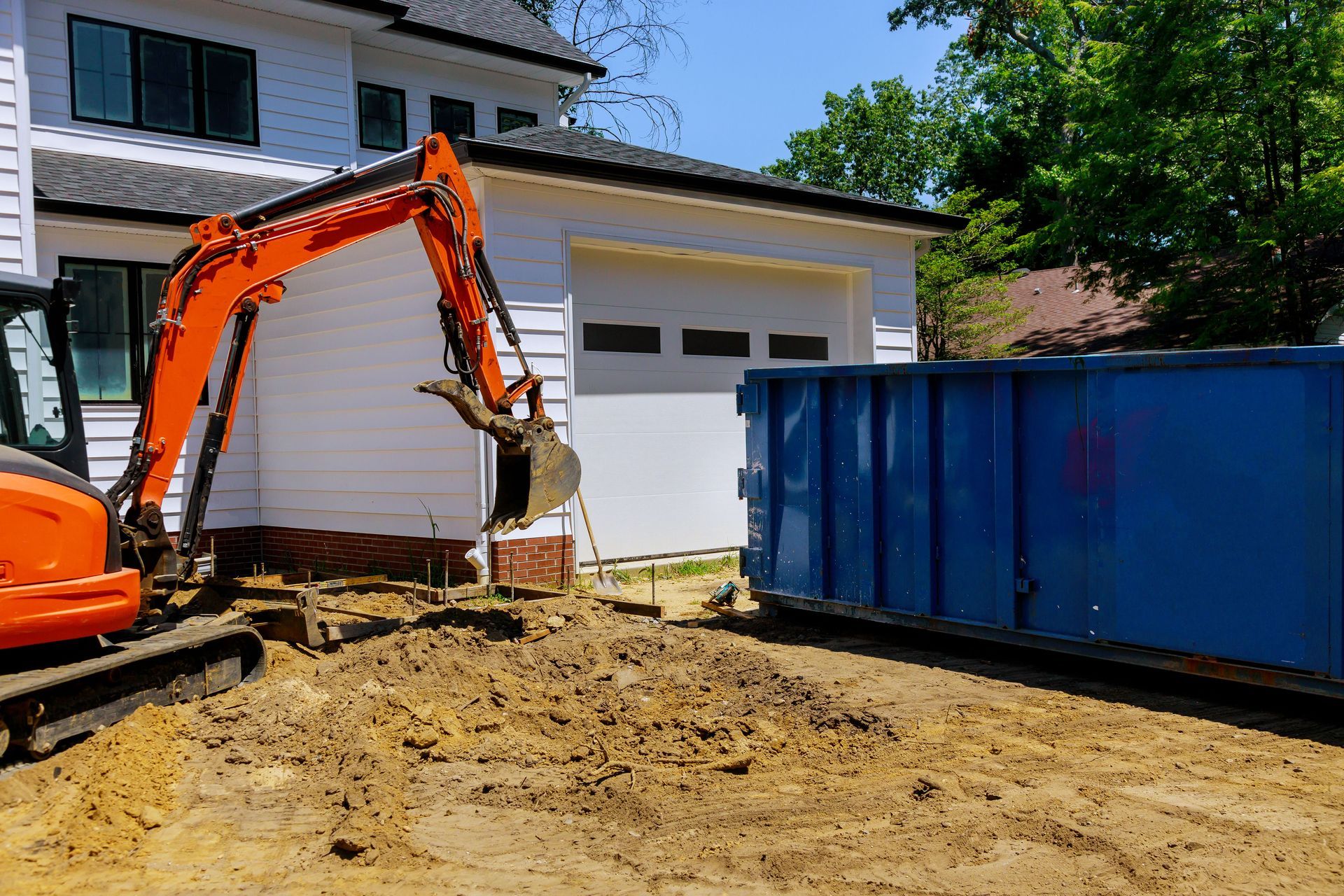
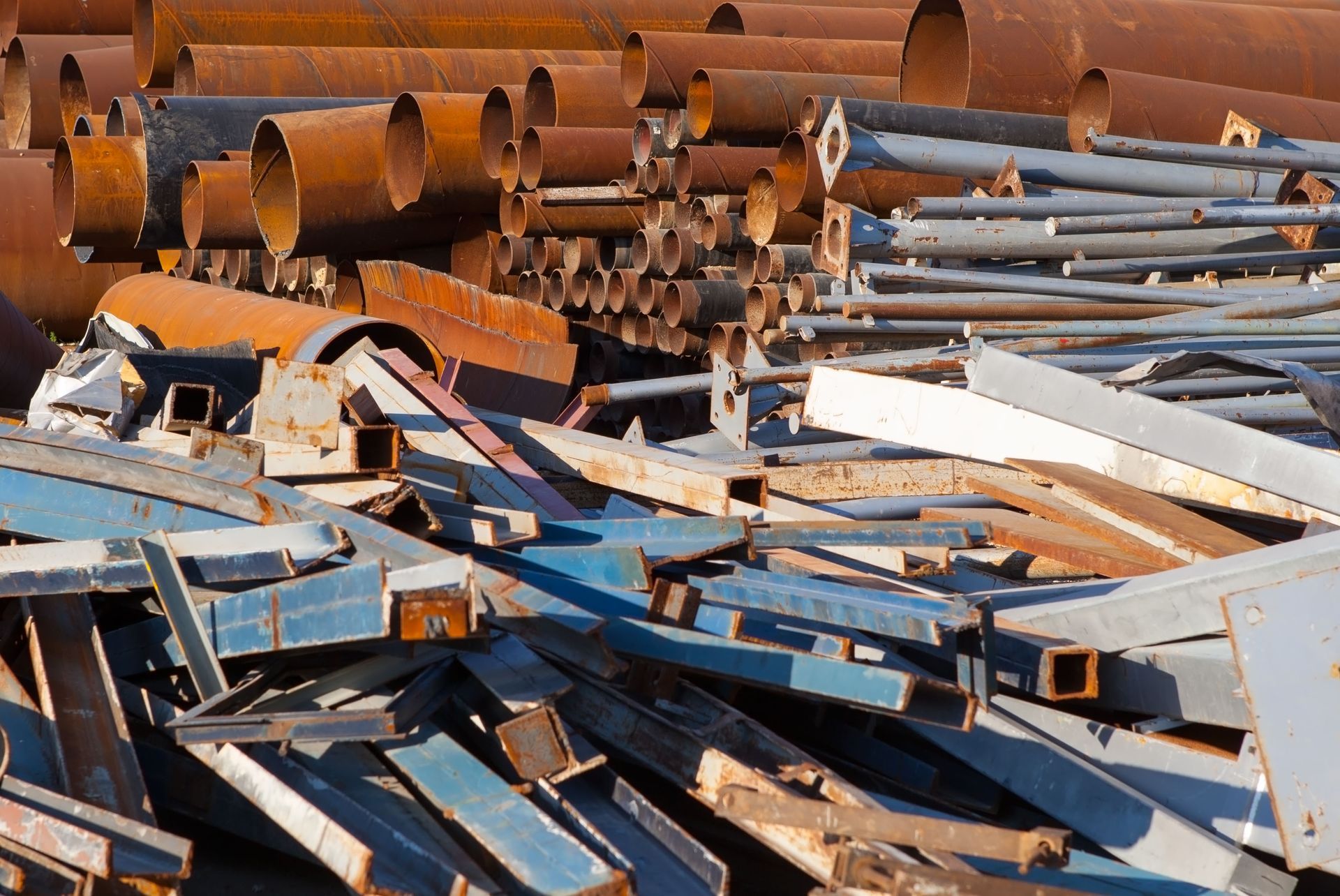
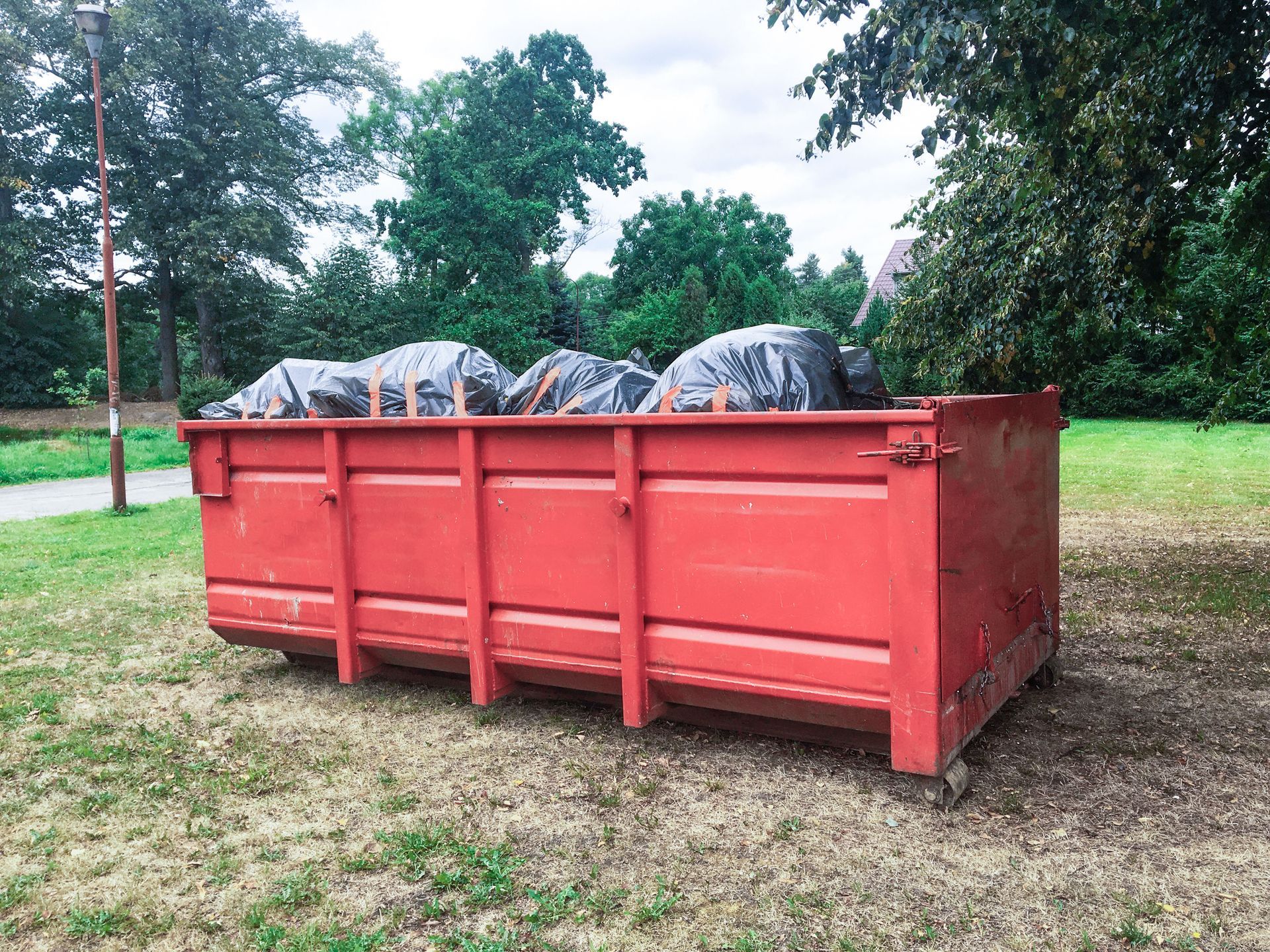
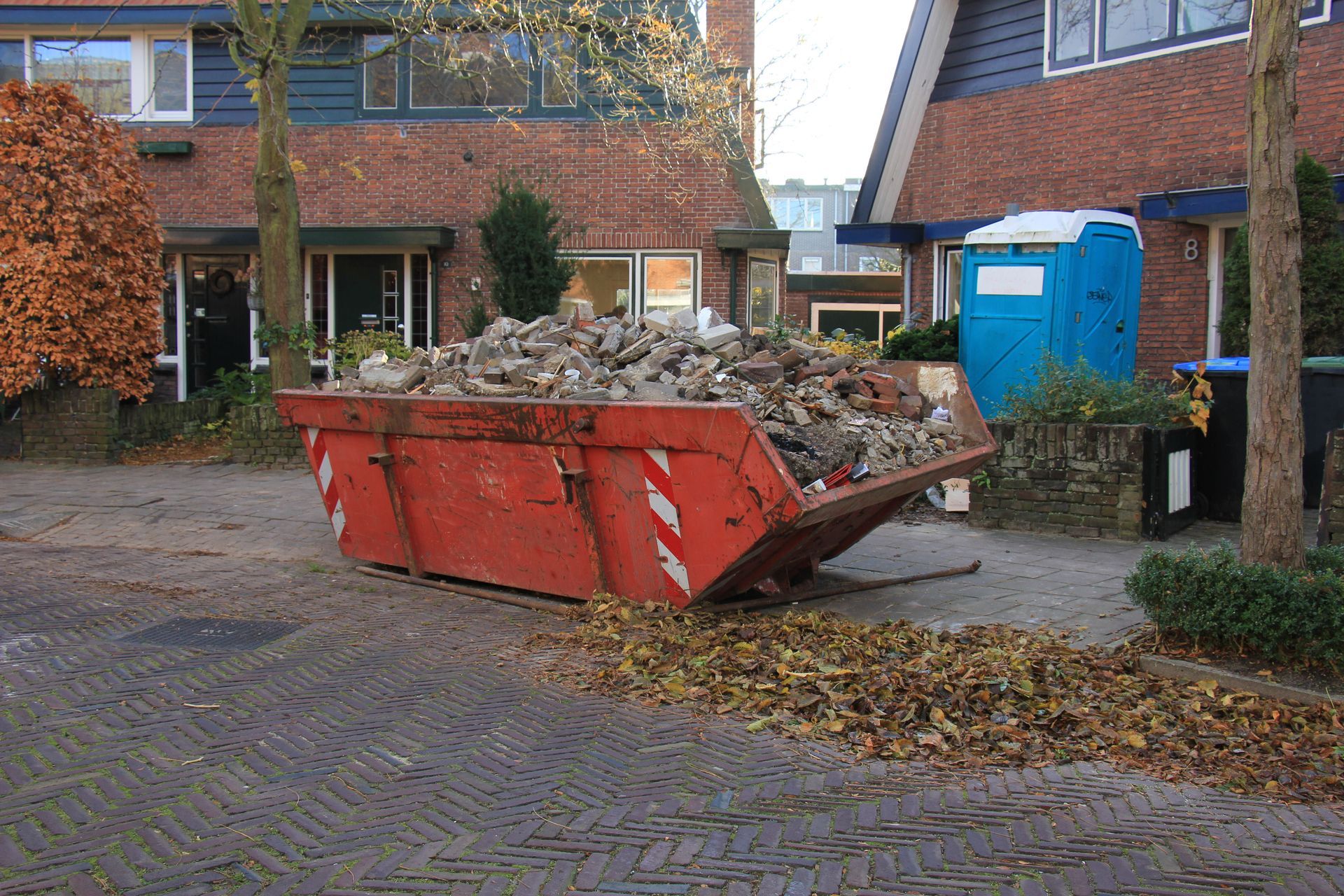


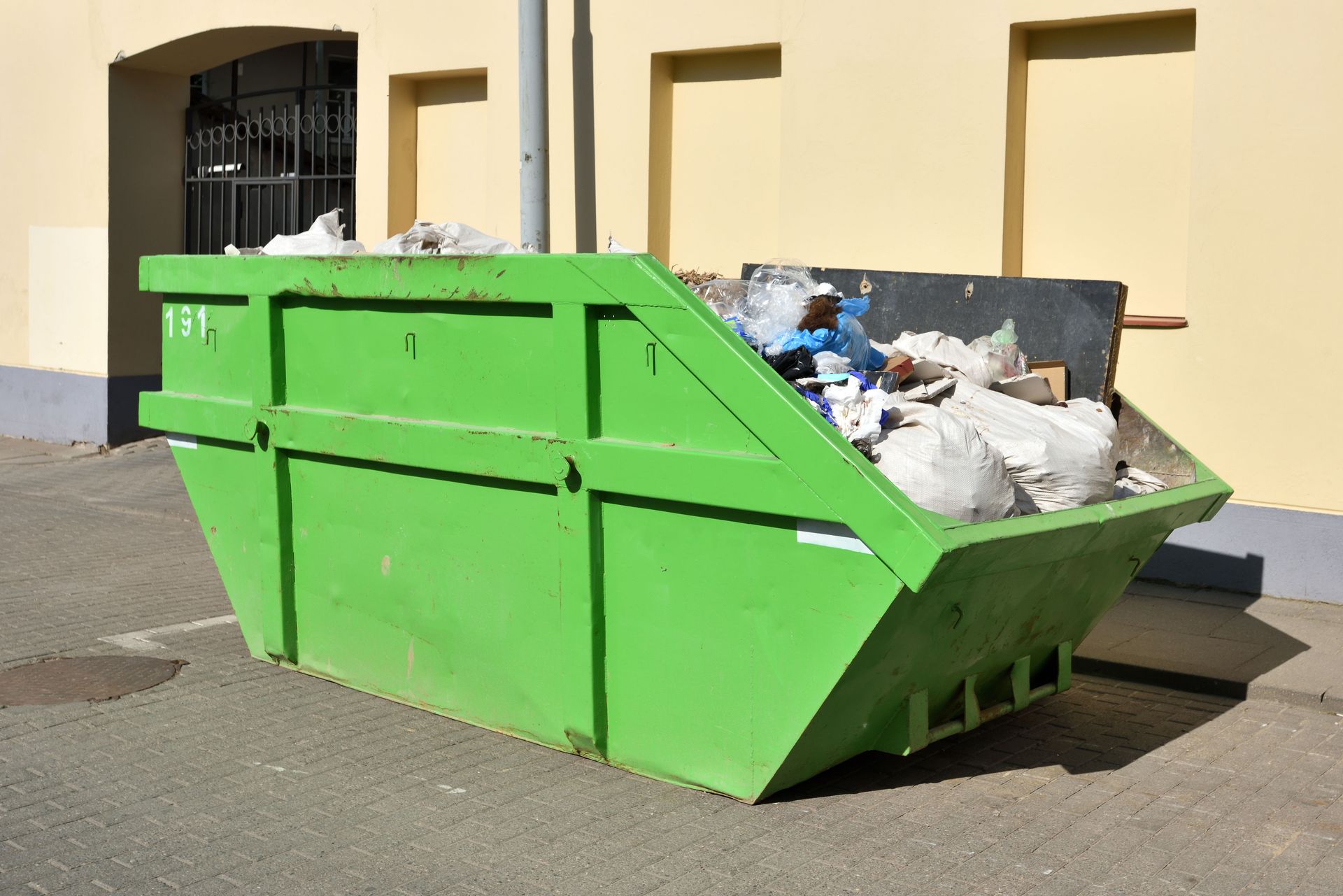
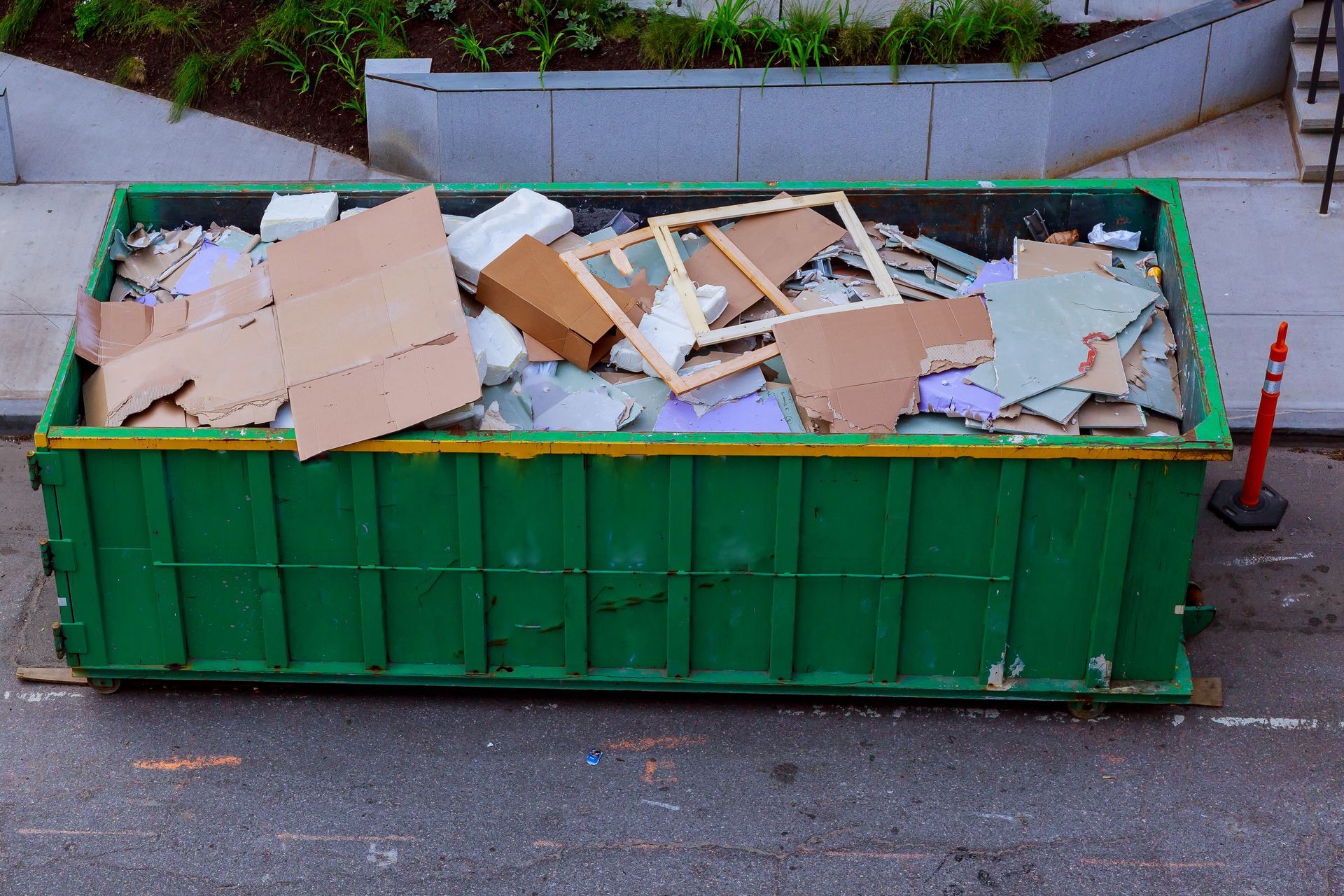
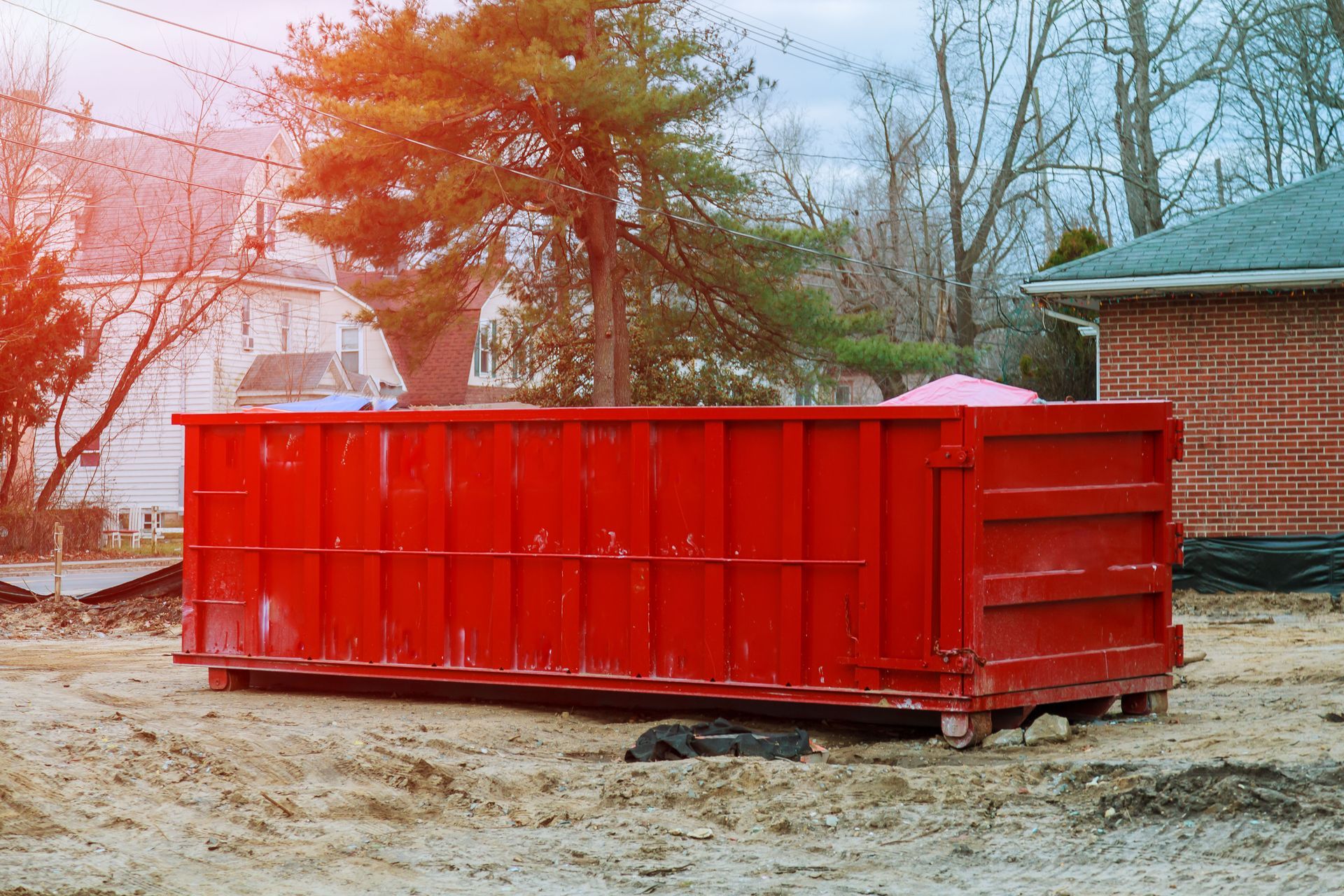
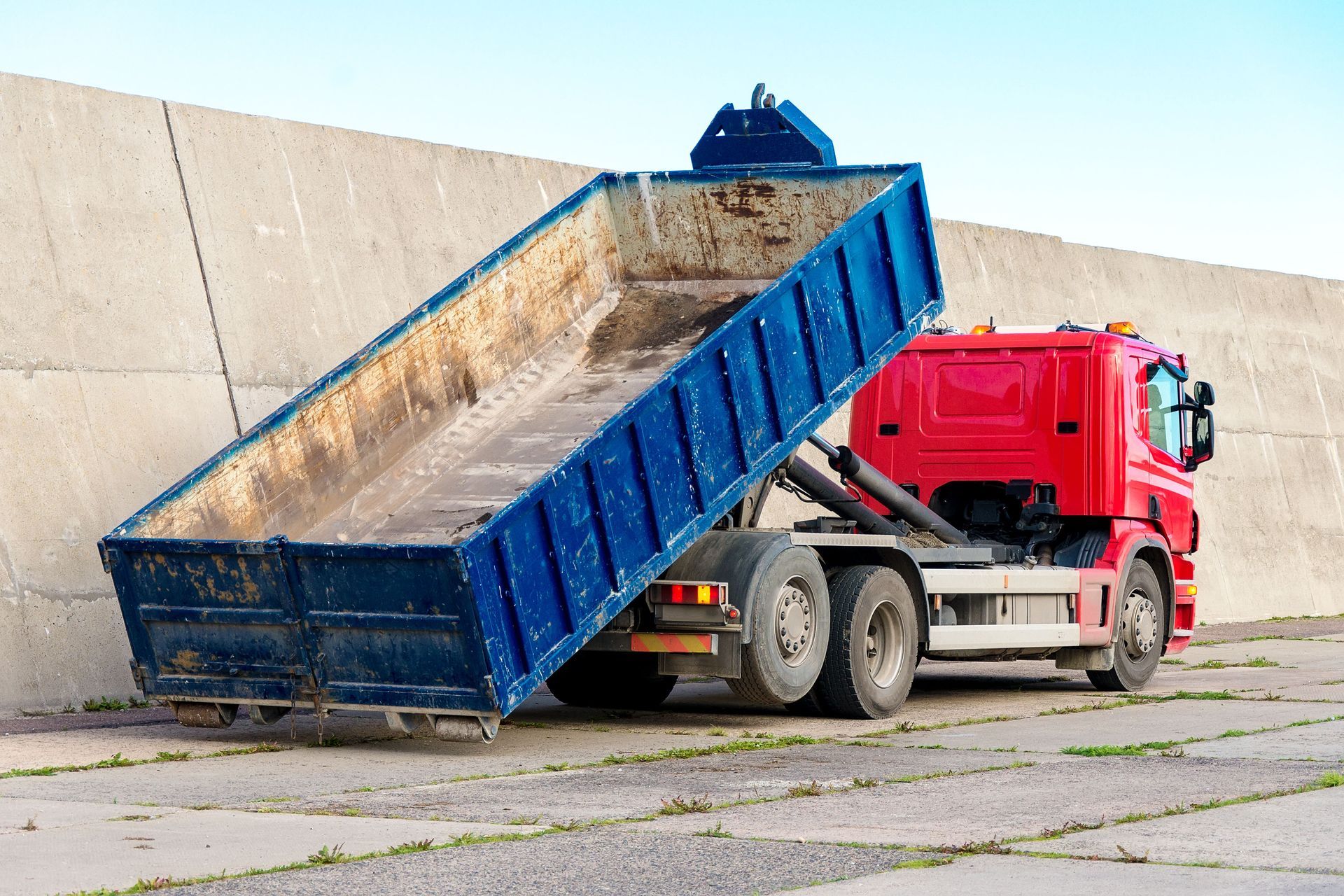
Share On: